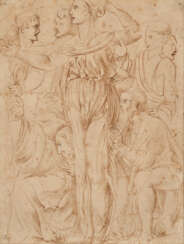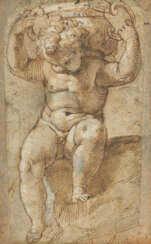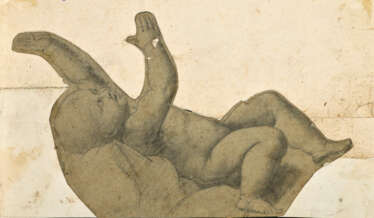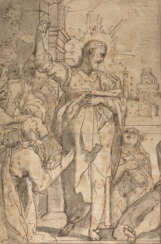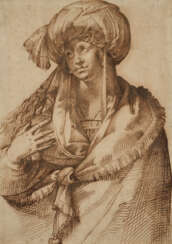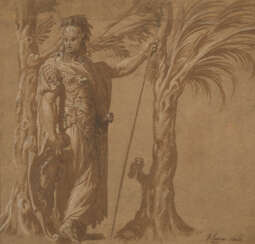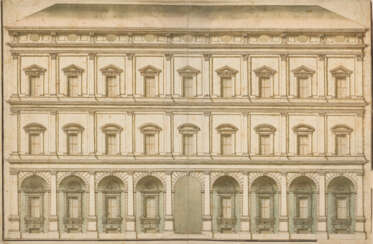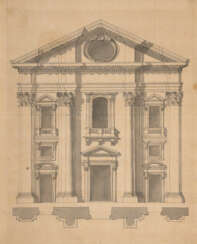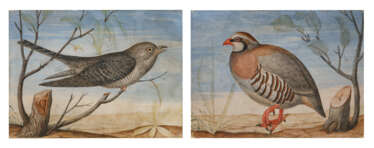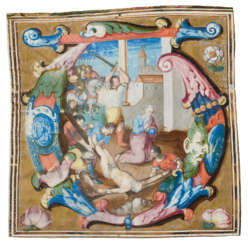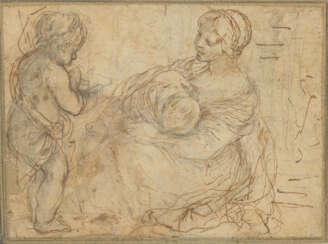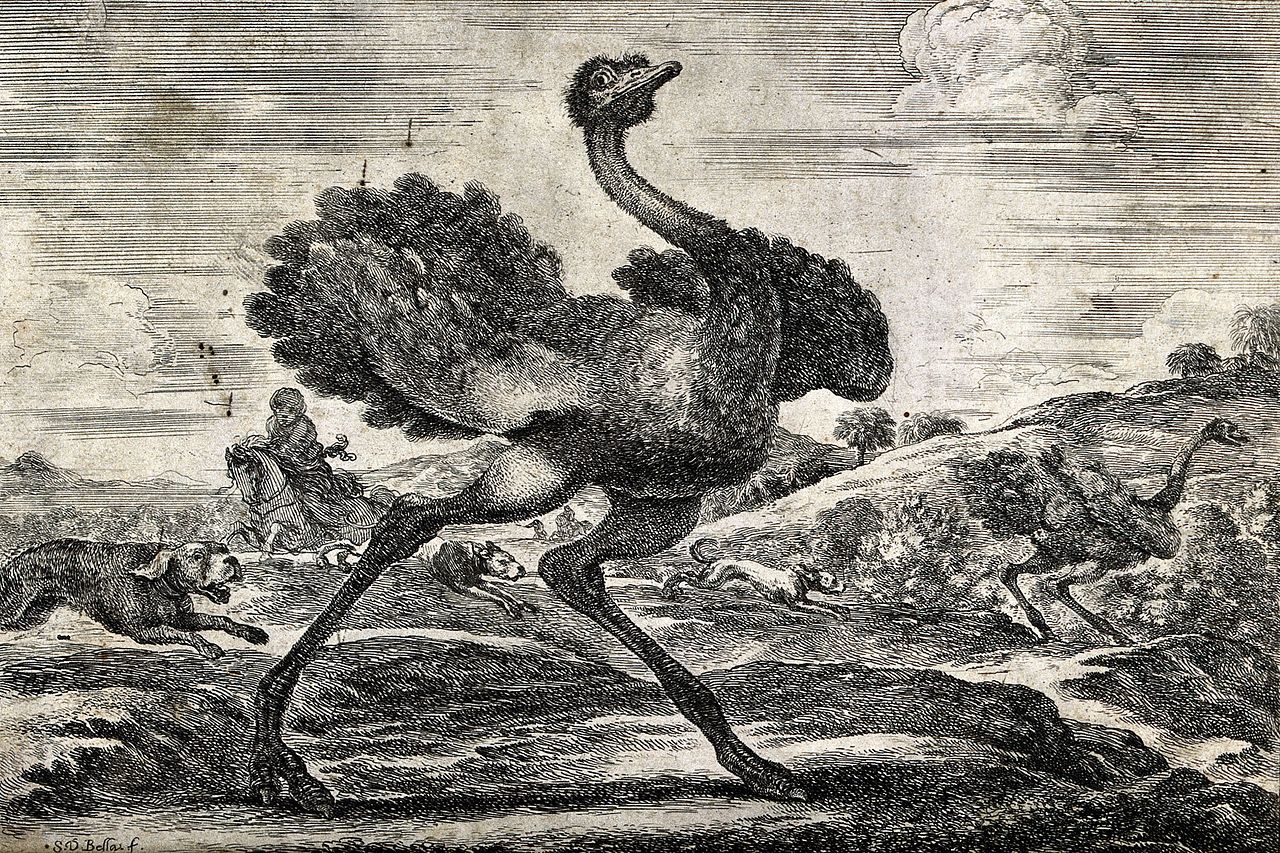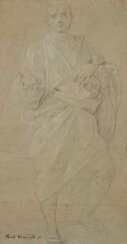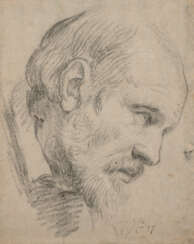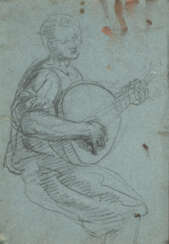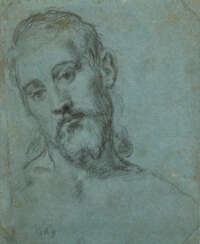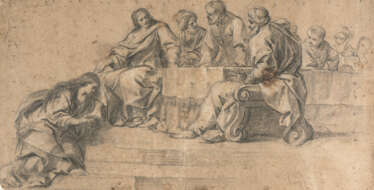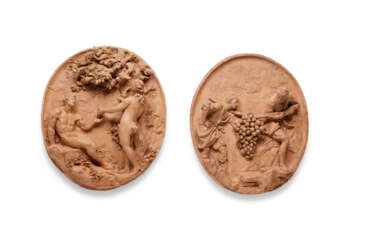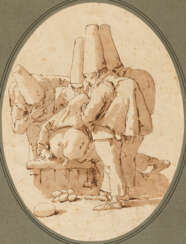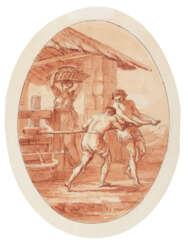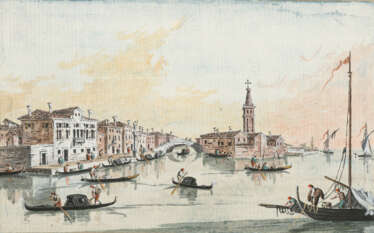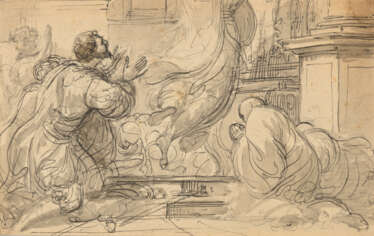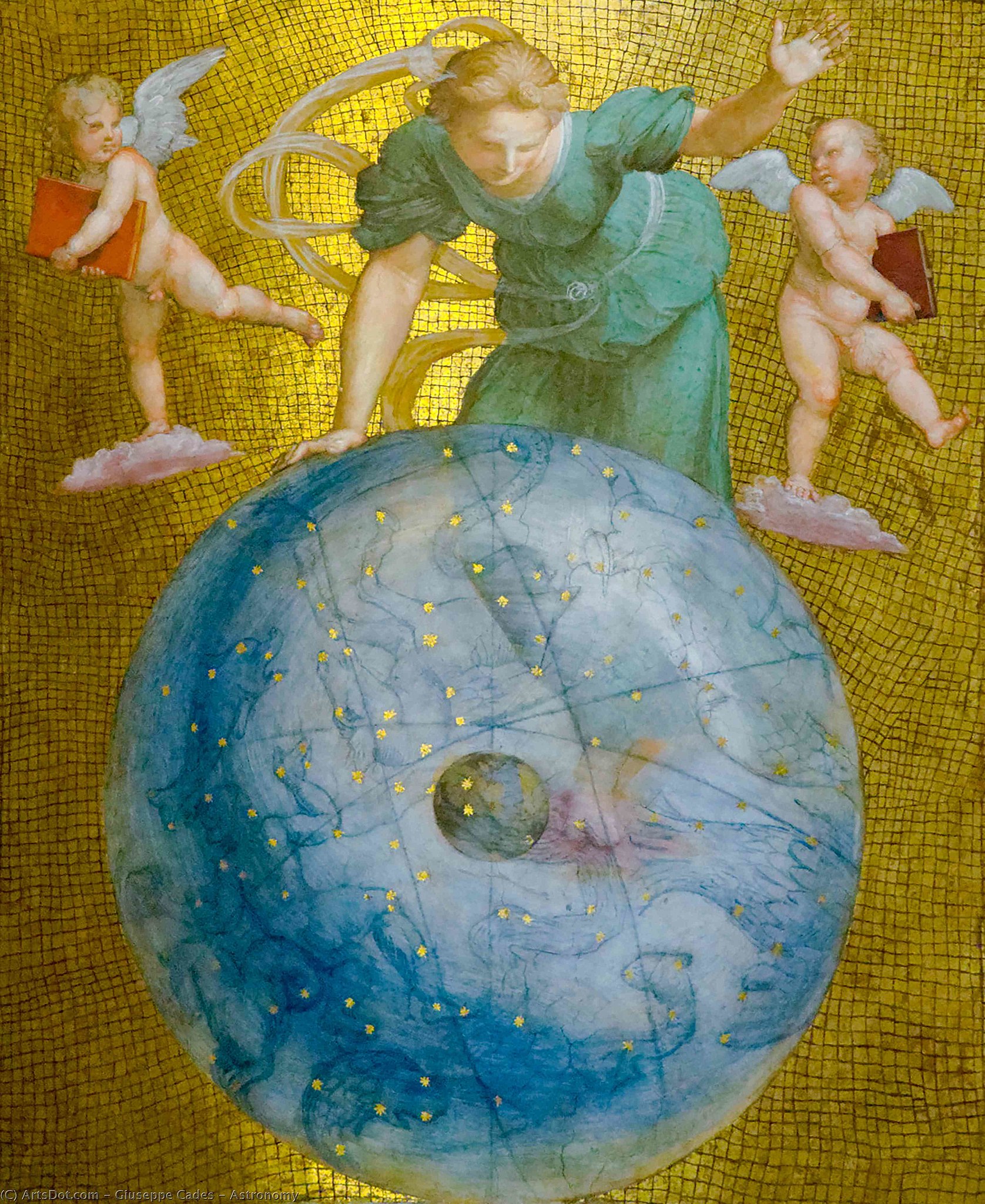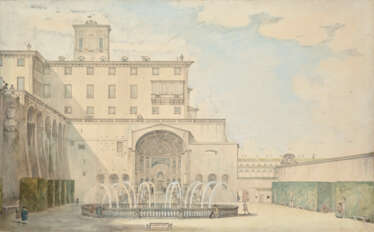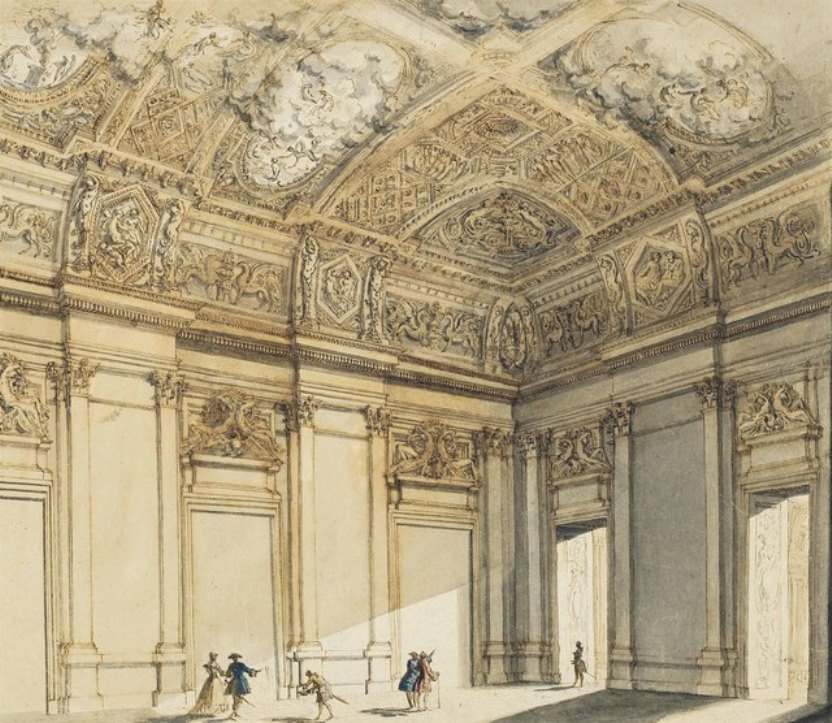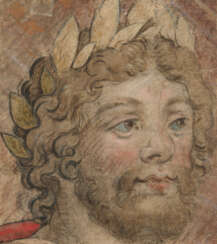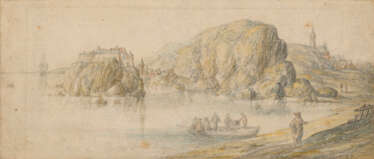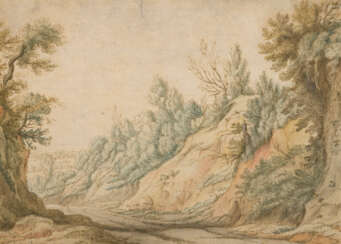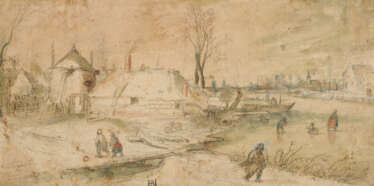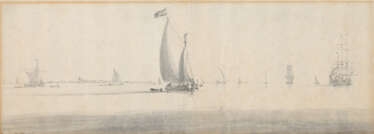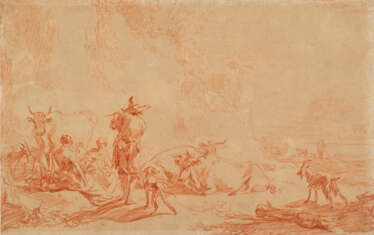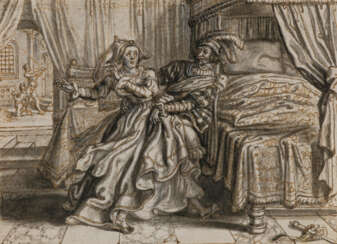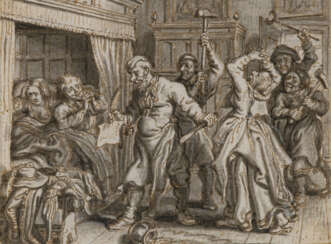
Dessins Anciens et du XIXe siècle incluant une sélection de terres cuites. « La Pensée & le Geste »
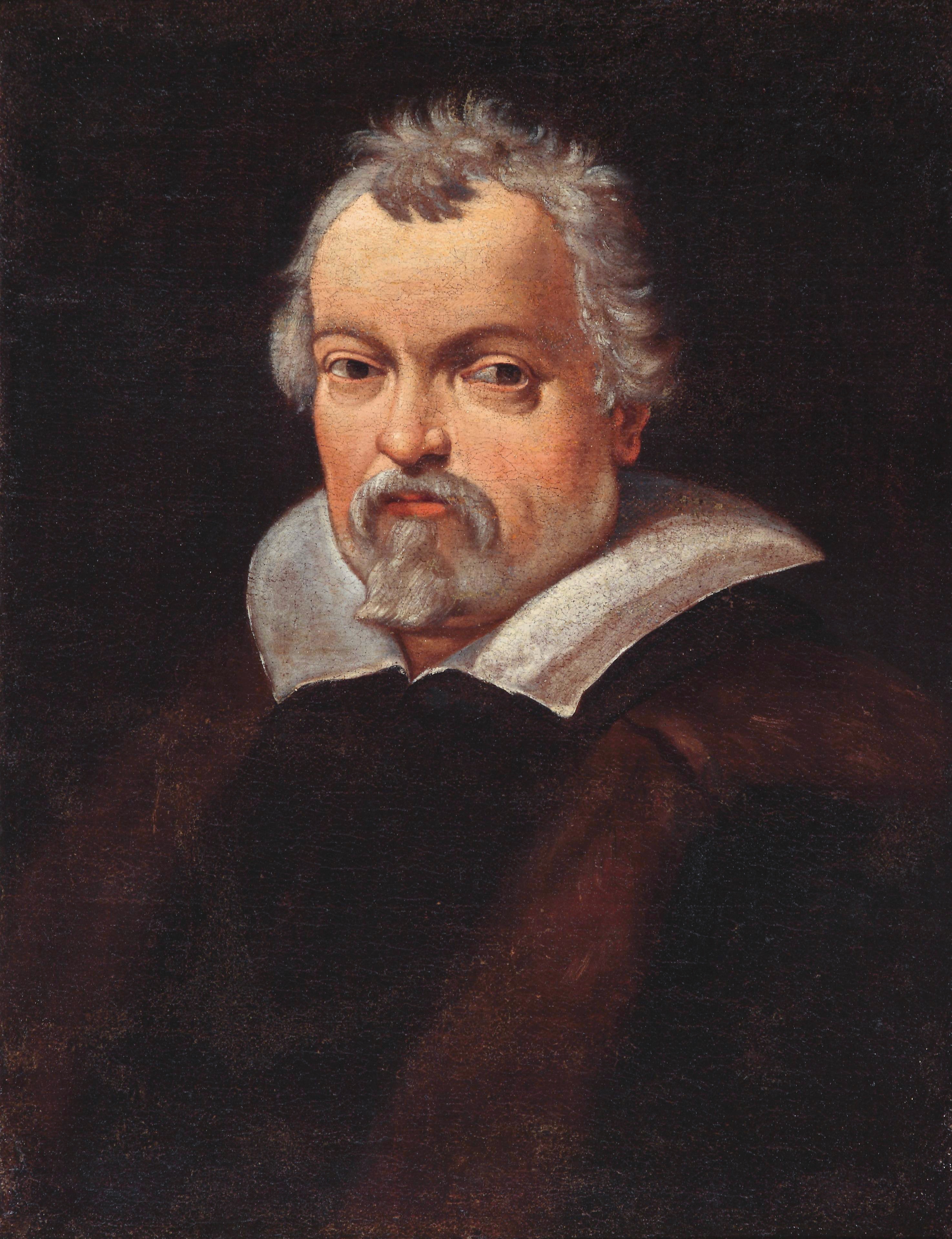
Lodovico Carracci was a significant Italian painter and printmaker from Bologna, renowned for his contributions to Baroque art and the Bolognese school. He was a pivotal figure in reinvigorating Italian art, particularly fresco art, which had been overshadowed by the formalistic Mannerism of the late Renaissance period.
His works are distinguished by their emotional depth and spiritual intensity, often achieved through bold gestures and dramatic lighting. As an artist, he was instrumental in establishing the Carracci workshop and style, alongside his cousins Agostino and Annibale Carracci. Together, they founded an art academy in Bologna around 1585 that focused on a naturalistic approach to painting, emphasizing life drawing and a return to classical principles.
Lodovico Carracci was known for his skillful use of colour and his ability to create harmonious and balanced compositions. His works often depicted religious and mythological subjects and he was particularly famous for his frescoes, which adorned many churches and palaces in Bologna. He was also an influential teacher, with Guido Reni and Domenichino among his pupils.
Among Carracci's known works are notable religious compositions like "The Lamentation" and "Madonna and Child with Saints," which are now housed in prestigious museums such as The Metropolitan Museum of Art in New York. He also worked on significant fresco cycles in private palaces, such as the cycle depicting the story of Jason and the Argonauts in the Palazzo Fava, completed in 1584.
If you'd like to stay updated on new art-related product sales or auction events featuring works by Lodovico Carracci, consider signing up for updates to receive notifications about upcoming events and sales. This subscription is exclusively for receiving alerts on art and auction news related to Carracci's works and does not include promotional materials unrelated to art.
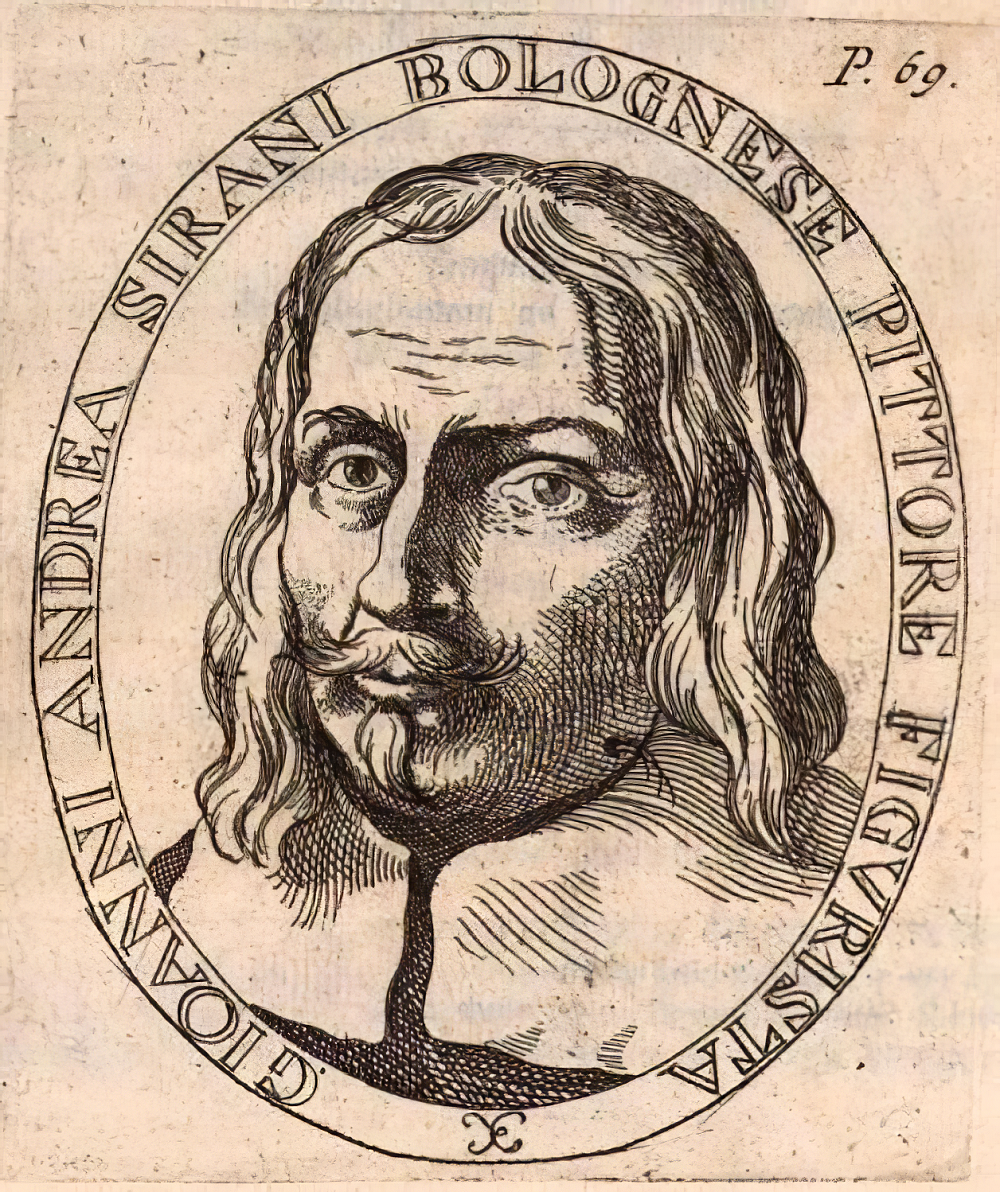
Giovanni Andrea Sirani was an Italian Baroque painter and printmaker, father of Elisabetta Sirani and the lesser known Anna Maria Sirani.
Giovanni Andrea Sirani began his artistic education through a brief apprenticeship in the studio of Giacomo Cavedone, only to join the school of Guido Reni, becoming a favourite pupil of the maestro.
Sirani's paintings can be found in various Bolognese churches. His recent works show the influence of the Venetian school.
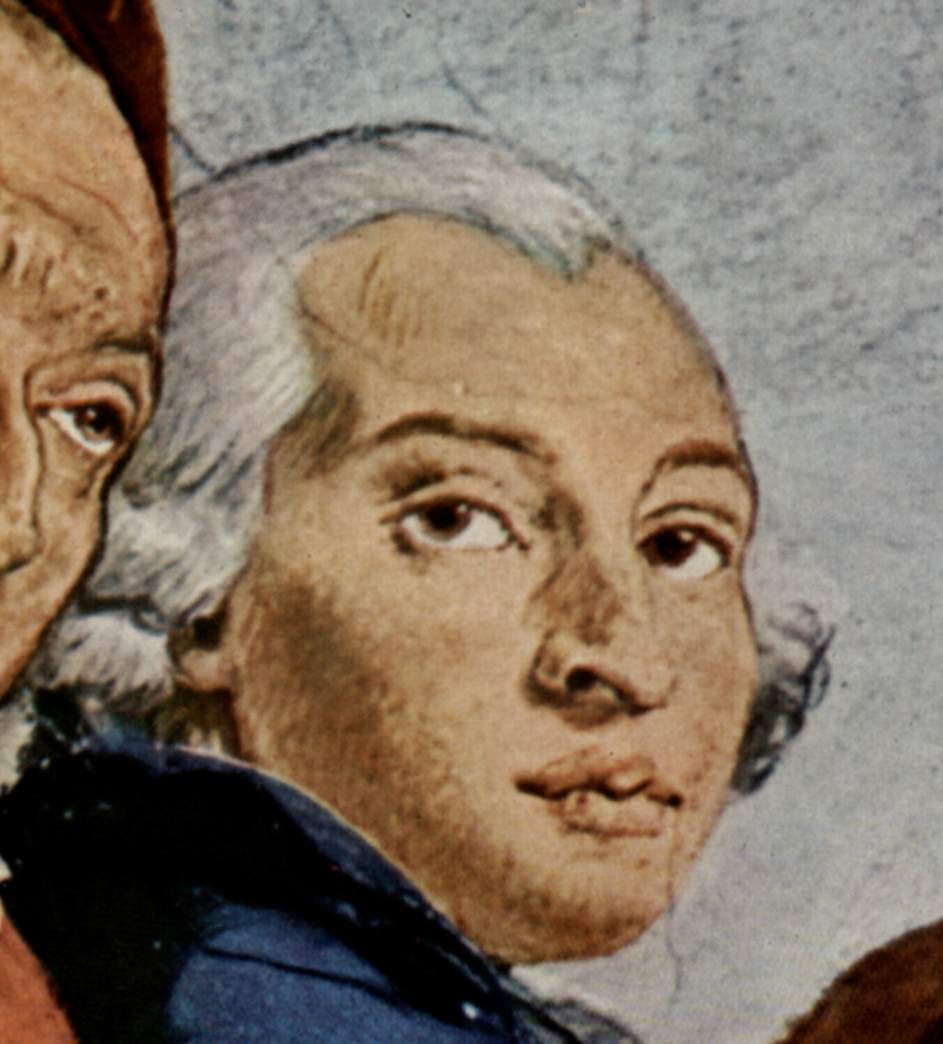
Giovanni Domenico Tiepolo, an Italian painter, was a remarkable figure in the 18th-century art world. The eldest surviving son of the famed Giovanni Battista Tiepolo, Domenico not only assisted his father but also carved out his own niche in the realms of painting and etching. His work, encompassing a broad array of subjects from religious themes to lively genre scenes and character sketches, reflects a blend of the allegorical grandeur inherited from his father and his own more grounded and observational approach.
Domenico Tiepolo's artistic legacy includes a significant contribution to printmaking, particularly in etching, where he reproduced both his and his father's paintings, alongside original compositions. Among these, the series of twenty-four illustrations of the "Flight into Egypt" and a set depicting the "Stations of the Cross" stand out as notable examples of his originality and skill in capturing narrative depth. His works are held in prestigious collections worldwide, such as the Prado Museum, The Art Gallery of New South Wales, and the National Gallery in London, underscoring his international acclaim and the enduring appeal of his art.
Despite being somewhat overshadowed by his father, Giovanni Domenico Tiepolo's contributions to the art world are significant. His ability to infuse his works with a sense of immediacy and emotional depth, while still engaging with the theatricality and elegance characteristic of the period, marks him as a pivotal figure in the transition from the grandiose Baroque to a more intimate and observant Rococo style. This duality is perhaps best represented in his genre scenes and character studies, which offer a glimpse into the daily life and cultural milieu of 18th-century Venice.
For collectors and experts in art and antiques, Domenico Tiepolo's works represent a fascinating intersection of historical significance and artistic merit. His prints and paintings not only reflect the cultural and artistic vibrancy of his era but also offer insights into the personal and professional dynamics within one of the most celebrated artistic families of the time.
To stay updated on sales and auction events related to Giovanni Domenico Tiepolo's works, signing up for newsletters from relevant art institutions and auction houses is recommended. These updates can provide valuable information for collectors and enthusiasts eager to enhance their collections with pieces by this distinguished artist.
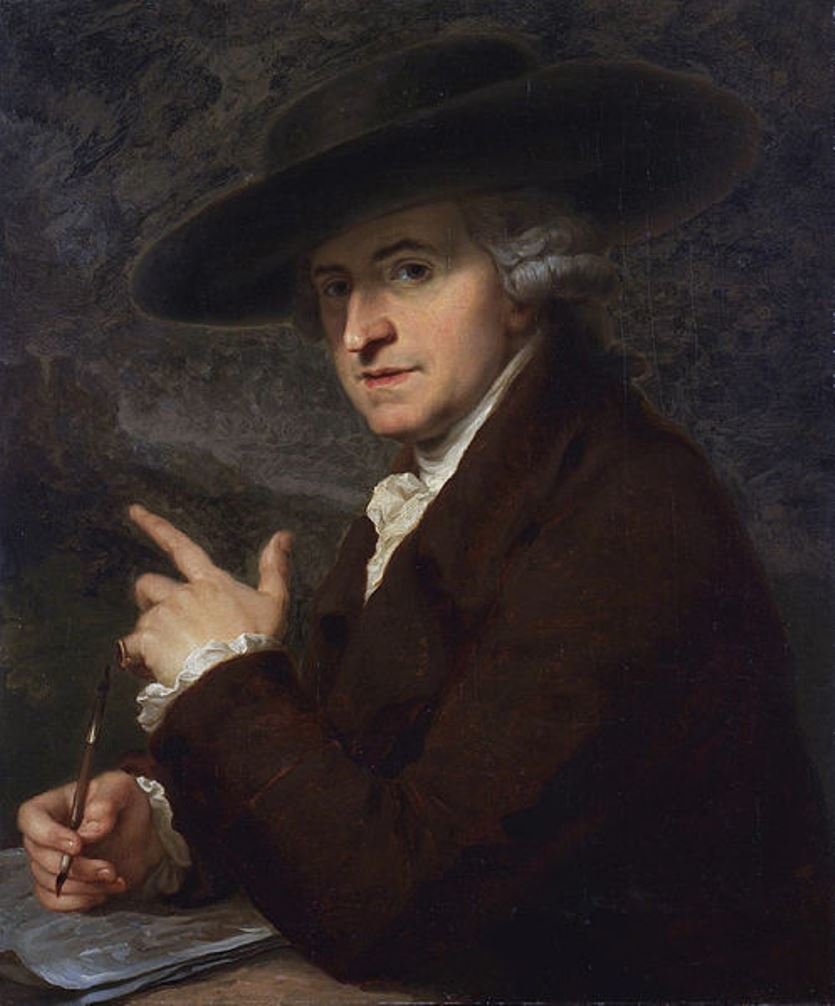
Antonio Pietro Francesco Zucchi or Antonio Zucchi was an Italian painter, printmaker and printmaker of the Neoclassical period and a member of the Academy of Fine Arts in Venice and the Royal Academy of Arts in Great Britain. He was engaged in altarpiece, wall painting, and worked as an artist-decorator. Antonio was the son of the engraver Francesco Zucchi and the younger brother of the engraver Giuseppe Zucchi.
Giacomo Guardi was an Italian painter from Venice. The son of famous veduta painter Francesco Guardi, he continued his father's line of work, though without the same level of renown. The majority of his works are quite small views of only minor artistic interest, more akin to postcards than to his father's grand scenes, but he produced several paintings showcasing a notable level of artistic skill as well. Evaluating his legacy is somewhat complicated due to the frequency with which paintings are misattributed to him.
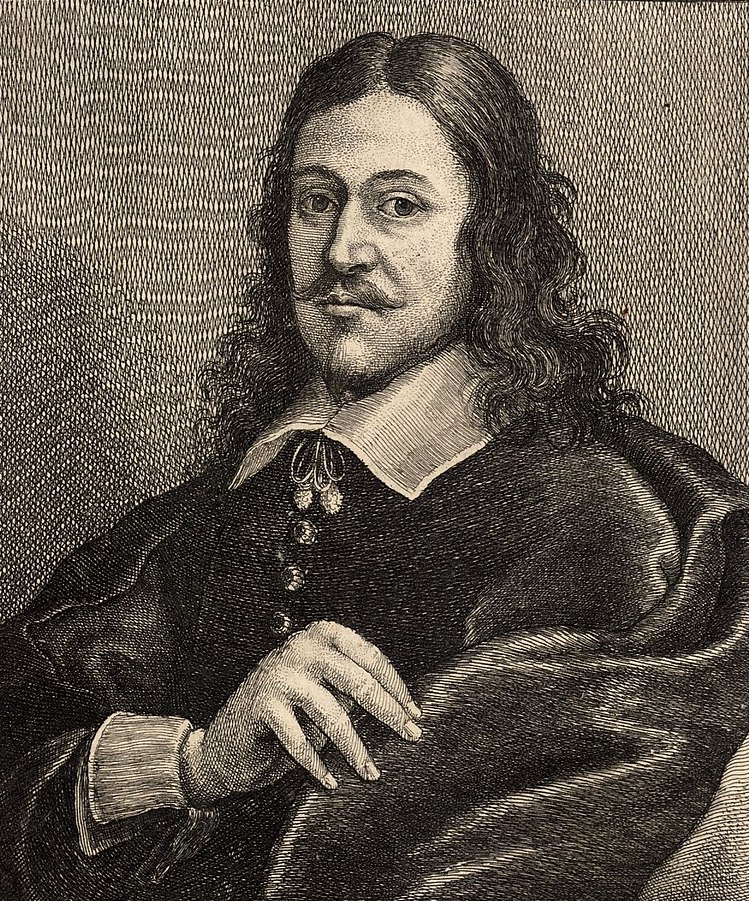
Bonaventura Peeters the Elder was a prominent Flemish painter, draughtsman, and etcher specializing in marine art during the 17th century. His extensive body of work encompassed marine battles, storms at sea, shipwrecks, and views of ships in rivers and harbours.
Peeters displayed a keen understanding of ships, capturing their intricate details. His earlier works exhibited tonal landscapes influenced by Dutch painting, while later pieces reflected vibrant colors inspired by Italian classicism. He skillfully depicted dramatic shipwrecks, serene ports, and intricate portrayals of ships. Many of his paintings depicted actual locations along the North Sea and the river Scheldt, while others showcased imagined scenes of far-away Mediterranean and Middle Eastern ports. Peeters also collaborated with family members and fellow artists, and his drawings and engravings were included in notable publications like Blaeu's Atlas Maior.
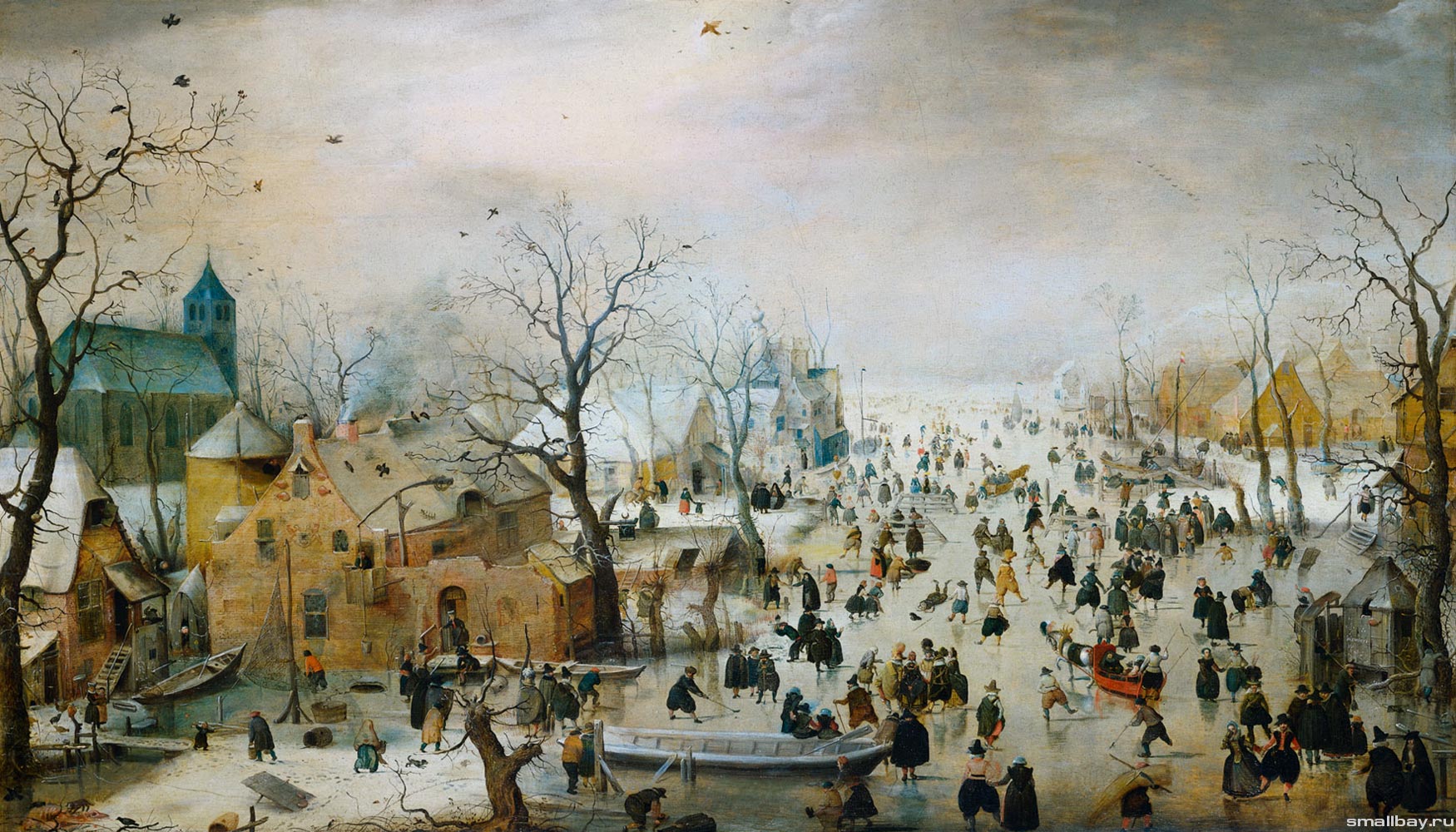
Hendrick Avercamp was a seminal Dutch painter during the Dutch Golden Age. He is celebrated as one of the earliest landscape painters of the 17th-century Dutch school, specializing in vibrant winter scenes of the Netherlands. His paintings are filled with colorful and lively depictions of people engaging in various activities against the backdrop of the Dutch winter landscape.
Educated by the Danish-born portrait painter Pieter Isaacsz, Hendrick Avercamp's work reflects a strong influence from the Flemish painting tradition, especially evident in the landscapes reminiscent of Pieter Bruegel the Elder. His technique of aerial perspective, where objects in the foreground are painted with richer colors than those in the distance, creates a remarkable impression of depth in his paintings.
Hendrick Avercamp's most ambitious and acclaimed work, 'Winter Landscape with Ice Skaters', painted around 1608, is a detailed panorama of human and animal activities during a harsh winter. This painting, along with others like 'Winter Landscape with a Frozen River and Figures' and 'Winter Landscape with Skates and People Playing Golf', showcase his knack for narrative, capturing various facets of 17th-century Dutch society enjoying the winter season.
Despite being mute and probably deaf, Hendrick Avercamp's keen observation skills are evident in his works, where he intricately portrays diverse classes engaging in various winter activities. He produced about a hundred paintings, many of which can be seen in the Rijksmuseum in Amsterdam and the Mauritshuis in The Hague. His work was also celebrated for its historical quality, providing a glimpse into the life of different societal levels in the Netherlands at that time.
For collectors and enthusiasts of art and antiques, Hendrick Avercamp's paintings offer a fascinating window into the Dutch Golden Age, with their vivid portrayal of life and activities in a winter setting. His works, characterized by meticulous detail and a cheerful narrative, remain an integral part of the conversation in the history of Dutch art.
To stay updated on the latest insights and collections related to Hendrick Avercamp's works, consider subscribing to our updates. Stay informed about new sales, exhibitions, and auction events featuring this master of Dutch winter landscapes.
_-_(by_Lodewijk_van_der_Helst,_1672).jpg)
Willem van de Velde the Younger was a Dutch marine painter from the van de Velde dynasty of artists.
Willem van de Velde the Younger is famous for his paintings depicting the calm sea with a magical reflection of the water surface and sea battles. His works are held in London's National Gallery and private English collections, Amsterdam's Rijksmuseum, The Hague, Berlin, Munich, Vienna and Paris. There are three paintings by Willem van de Velde the Younger in the Hermitage. In addition to paintings, he left many drawings, the number of which exceeds 8,000.
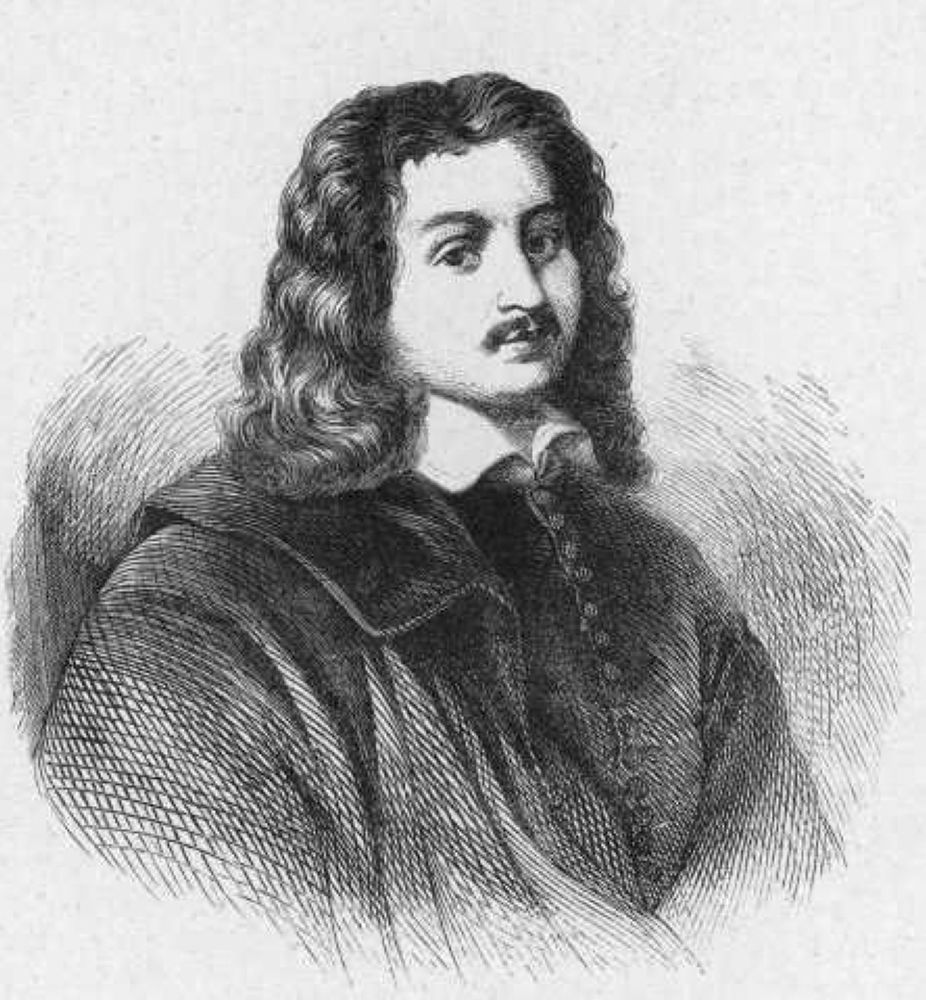
Nicolaes Pieterszoon Berchem was a highly esteemed and prolific Dutch Golden Age painter of pastoral landscapes, populated with mythological or biblical figures, but also of a number of allegories and genre pieces.
He was a member of the second generation of "Dutch Italianate landscape" painters. These were artists who travelled to Italy, or aspired to, in order to soak up the romanticism of the country, bringing home sketchbooks full of drawings of classical ruins and pastoral imagery. His paintings, of which he produced an immense number, (Hofstede de Groot claimed around 850, although many are misattributed), were in great demand, as were his 80 etchings and 500 drawings. His landscapes, painted in the Italian style of idealized rural scenes, with hills, mountains, cliffs and trees in a golden dawn are sought after. Berchem also painted inspired and attractive human and animal figures (staffage) in works of other artists, like Allaert van Everdingen, Jan Hackaert, Gerrit Dou, Meindert Hobbema and Willem Schellinks.
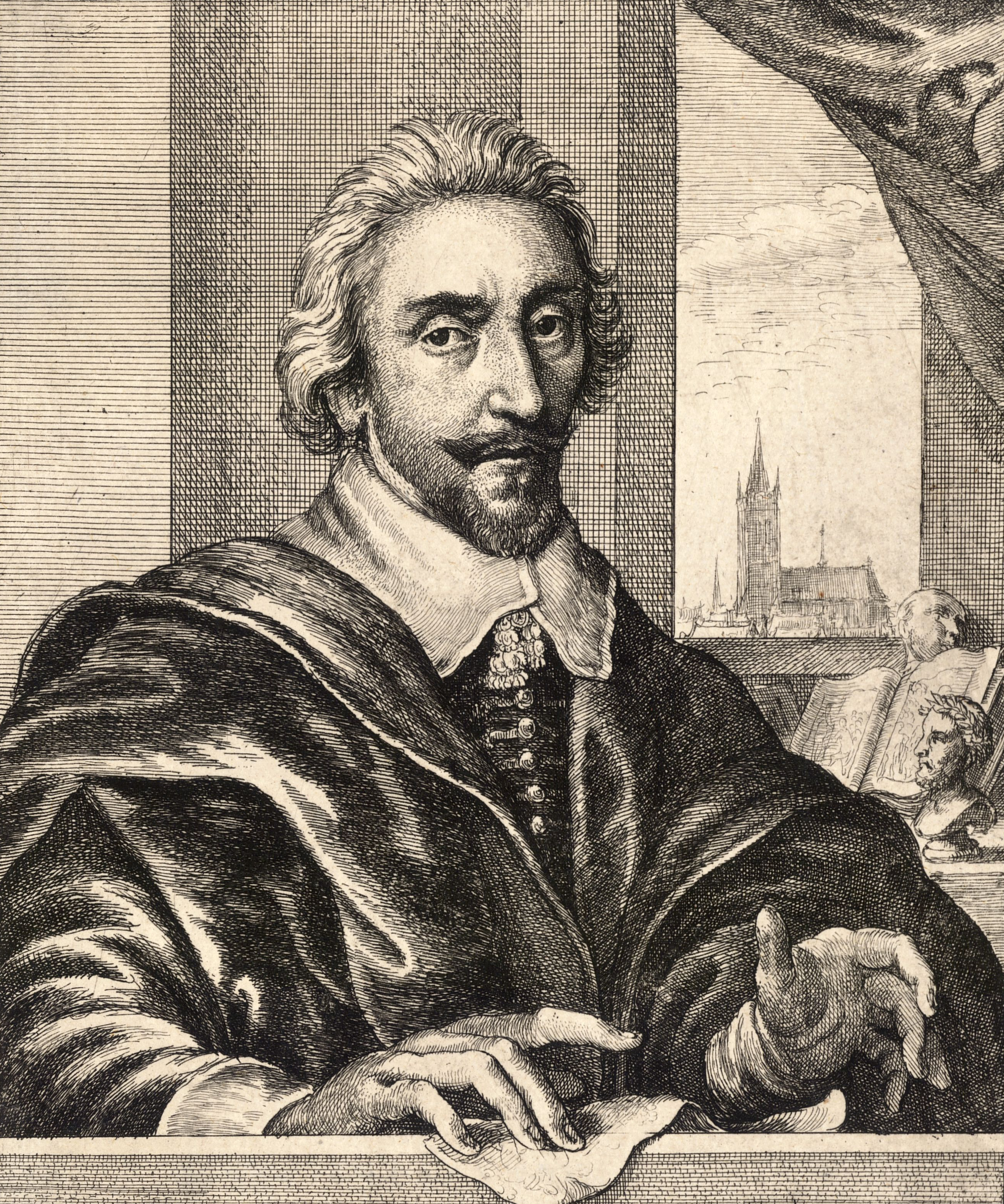
Adriaen Pietersz. van de Venne was a Dutch painter, graphic artist, and poet of the Golden Age and a member of the Guild of St. Luke in The Hague. He is known for his paintings of genre scenes, allegories, portraits, and historical scenes. De Venne painted many engravings illustrating genre scenes depicting peasants, old men, vagabonds, madmen, and thieves. These works often illustrate aphorisms and proverbs.

Adriaen Pietersz. van de Venne was a Dutch painter, graphic artist, and poet of the Golden Age and a member of the Guild of St. Luke in The Hague. He is known for his paintings of genre scenes, allegories, portraits, and historical scenes. De Venne painted many engravings illustrating genre scenes depicting peasants, old men, vagabonds, madmen, and thieves. These works often illustrate aphorisms and proverbs.
